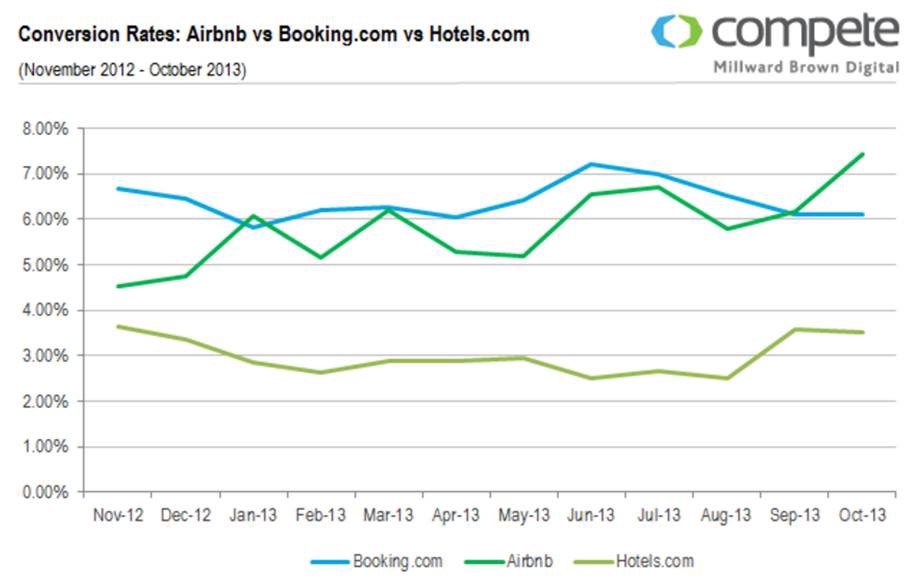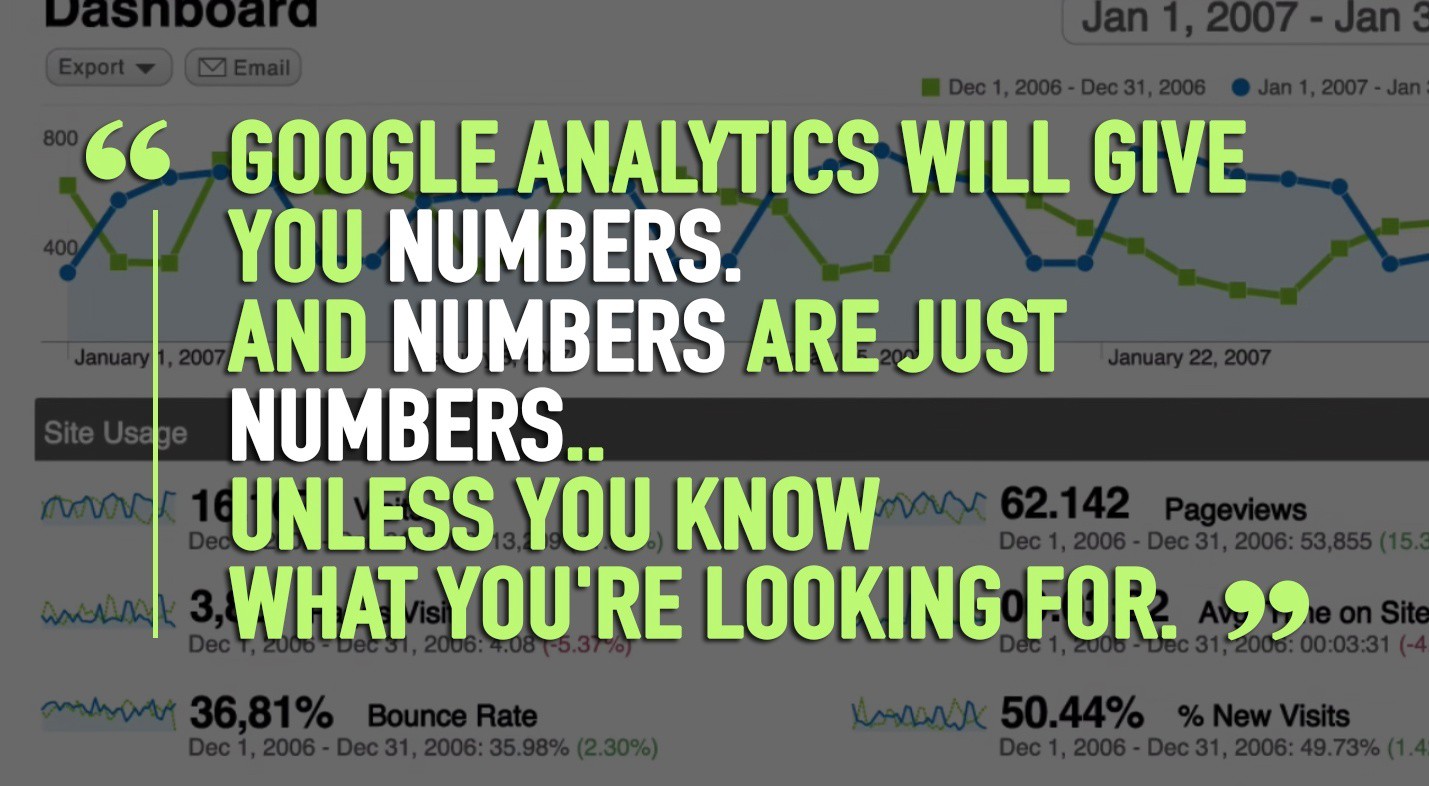- Portfolio News
- 15 July, 2024

Balderton
Tracking conversion rates in Startups
DEC 02, 2015

Share
Dr. Mohammad Al-Ubaydli, founder and CEO of Patients Know Best
We are delighted to lead at £3.5m round into medical records system Patients Know Best.
We believe that digital healthcare starts with putting patients in control of the data. After years attempting to manage data from the top down, it is now clear that the only scalable model for sharing data across healthcare providers puts the patients at the centre. Patients Know Best have developed a patient-centric approach that is scalable across both national and international jurisdictions.
More on the PKB blog.

However conversion rate is a tricky metric to measure, impacted not only by product quality but also by:
- Mobile vs dektop mix
- Marketing channels used (display ads and PR usually convert the lowest, direct type in usually the best)
- Seasonality
- Price promotions
- Different types of content on your site (educational vs. transactional)
- etc etc etc
This great article by Smartinsights goes into more depth on these problems:Why Conversion Rate is a Horrible Metric to focus on . My particular highlight is #5: “Growing Your Site Will Often Decrease Conversion Rate”
There is also the tricky question of which conversion rate to measure. If you are in the lucky position of having a product that people will pay for on their first visit to your site, then your checkout page is the best place to put into your conversion analytics. However for many businesses your customers will visit your site multiple times over a period of weeks or months, and there will be multiple steps in the conversion funnel (e.g. from free users to paid, or email capture to payment). What you really care about is eventual conversion to payment, but this becomes complex to track and has a time lag that makes the impact of site improvements hard to see.
What this can end up with is a conversion rate chart with so many caveats that it is impossible to draw any conclusions from.

Looking across the Balderton portfolio there is no ‘one size fits all’ approach to address this challenge, but here are a few best practices:
- Show a graph of conversion rates over time, back as far as you can.
- Strip out acquisition channels that skew conversion (e.g. a big display or TV ad campaign with very low conversion). Alternatively show conversion rates only for traffic from your biggest marketing channel.
- Show desktop, mobile web and mobile app conversion rates separately.This report by Criteo shows mobile app conversions averaging 3.7x higher than mobile web (slide 11). However, bear in mind that this group have chosen to download your app, so are always going to convert higher. Need to take into account the full process from ad — app download — conversion.
- If you have a significant time delay between site visit and eventual conversion, consider tracking two conversion rates (e.g. visit to registration, and registration to purchase) — but always show the end-end conversion rate as well. Alternatively you can forecast conversions, but my experience has been that these forecasts are hard to get right.
- If your business is seasonal, and you have enough data, show year on year changes in conversion rates (e.g. graph of conversion rates over last 12 months with different years in different colours).
- Review your entirely conversion funnel periodically to understand where the biggest potential lies.
The corollary to this is how you track conversion rate in A-B tests, to make sure that any results are actually significant. There is a real danger here in drawing conclusions from too small a sample size. Qubit (a Balderton portfolio company) have published some great research on this. Best practice here is to keep a control group (of say 5% of traffic) running so you can see the long term impact of changes. The other common fallacy is assuming that improvements are cumulative, when they can have cross-effects
The final watch out is that conversion rates are usually case of where, like the Red Queen in Alice in Wonderland

“It takes all of the running you can do to keep in the same place. If you want to get somewhere else, you must run at least twice as fast as that!”
Your competitors’ sites are always improving, customers’ expectations are rising, and you need to ensure your mobile web and app experiences convert as well as on desktop. As a result business plans that rely on significant increases in conversion to make your economics work can be very dangerous. No one said it was easy…
As always would love comments and suggestions on how you monitor and manage conversion rates at your company: @robmoff.














